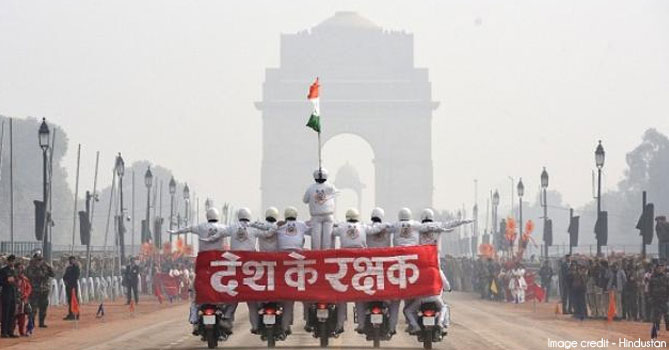The bureau of police research and development released its latest findings on police organizations until January 1, 2020. The revelations include gender-wise data on police forces, police expenditure, constabulary ratio, transport facilities, communication facilities, representation of SCs/STs, police protection to VIPs and citizens, police recruitment, and police training centres across the country. It was compiled with the information obtained from States/UTs, Central Armed Police Forces, Registrar General of India, the Survey of India, and other Central Police Organizations.
Let’s take a look at figures for different cases about police organizations in the country.
Starting from the basic police statistics,
Population Per Police Person against the total sanctioned Police strength during the year 2019 stands at 511.81 compared to 503.40 in 2018. The actual strength is 641.93, and the highest ratio is 867.57 in Bihar.
Is the Aam Admi in India unprotected and vulnerable? The data speaks for itself: It shows a single policeman in Indian deals with more than 511 people, whereas the number of police personnel deployed on protection duty in 2018 and 2019 for ministers, MPs, MLAs, judges and bureaucrats stood at 63,601 and 66,043, respectively, which outnumbered their sanctioned strength at 40,031 and 43,566 respectively, as per the BPR&D data.
Transport per 100 Police Personnel against the total sanctioned Police strength during 2019 stands at 7.74, which has marginally decreased from 7.89 in the previous year. The highest ratio is 42.68 in Lakshadweep. However, actual availability during the year 2019 is 9.70.
At present, the actual strength of total women police is 2,15,504, showcasing an increase of 16.05% over the strength of 1,85,696 in 2018. The total strength of Women in police from 2014 to 2019 has shown an increasing trend, which is self-explanatory from this graph.
At State/UT level, the maximum, i.e. 29,112 women police personnel, work in Uttar Pradesh.
The percentage of Women Police is 10.30 of the Actual Strength of the total Police force in the country.
The National Investigation Agency and the Central Bureau of Investigation are leading investigating agencies, where the number of women personnel is dismal low.
The NIA has just 37 women in its ranks, which is just 4.64% of the total strength of 796, while the CBI has 475 in its various wings, which is 7.96% of 5,964 personnel, according to the BPR&D findings.
Let’s know about the representation of Scheduled castes, Scheduled tribes, and other backward classes:
The total actual strength of Police Personnel belonging to Scheduled Castes stands at 3,01,648 (from Constable to Dy. SP) in the States/UTs.
Police Personnel belonging to Scheduled Tribes stands at 2,42,343 (from Constable to Dy. SP) in the States/UTs.
The total actual strength of Police Personnel belonging to Other Backward Classes stands at 5,19,622 (from Constable to Dy. SP) in the States/UT.
The recruitment of police personnel includes the number of 1,05,353 Police Constables recruited during 2019 against the 1,44,815 recruited in the year 2018. At the State level, the highest number of 47,897 Constables were recruited in UP, followed by 14,933 in Telangana. The number of Sub-Inspectors recruited during 2019 were 12,909, whereas this figure was 5,875 during 2018. The highest number of SIs recruited at the State level were 3,625 in UP, followed by 2,645 in Jharkhand. Notably, their recruitment saw a decline of over 21% in 2019 compared to the previous year.
Regarding the vacancy in the police force, the overall vacancy comes to 5,31,737 against the total sanctioned strength (Civil, DAR, Special Armed and Indian Reserve Battalion) of 26,23,225 at the national level actual strength stands at 20,91,488.




